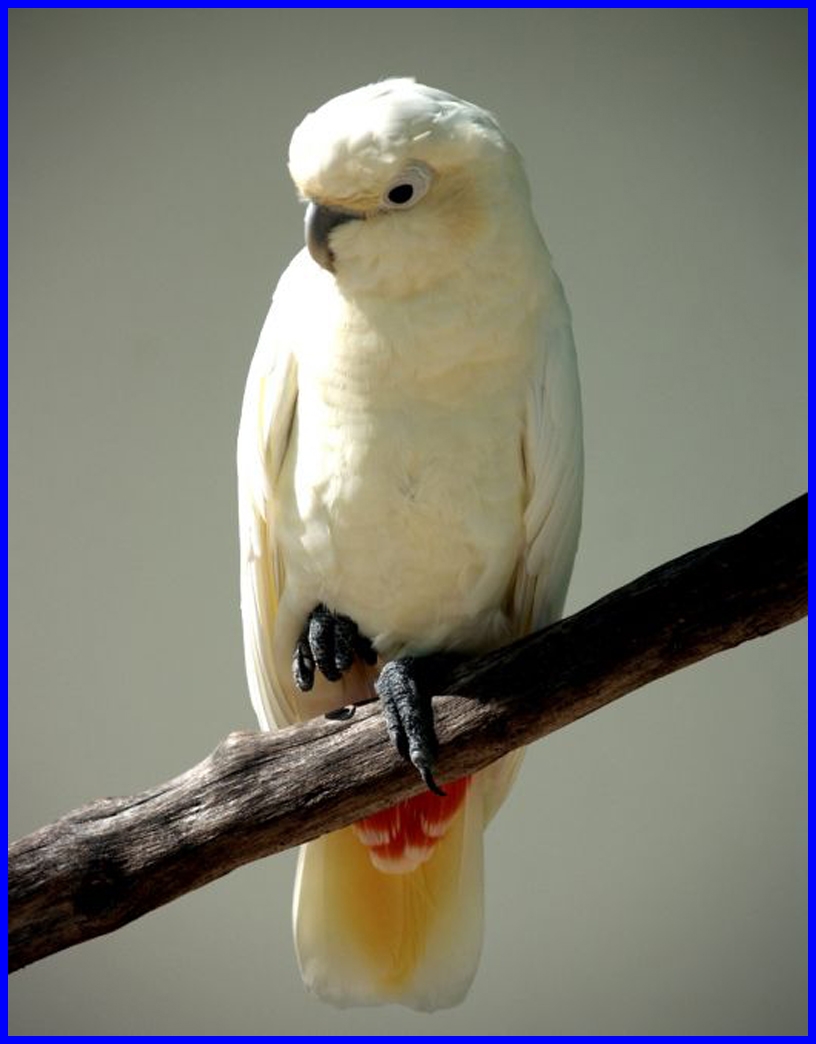 |
| The Philippine Cockatoo image courtesy of aviancompanions.com |
THE PHILIPPINE cockatoo (Cacatua haematuropygia), known for its yellow-red colored vent and ability to imitate the human voice is now facing threat of losing its population.
Sometimes called the Red-vented cockatoo or Kalangay in Tagalog, this bird is formerly endemic around the Philippine archipelago particularly in the islands of Palawan, Tawitawi Masbate and Mindanao. But its number began to decline rapidly at the onset of 1990s and is listed as “critically endangered” by the International Union for the Conservation of Nature and Natural Resources.
A house pet
In an interview with Mr. Anson Tagtag,ecosystem specialist at the Protected Areas and Wildlife Bureau (PAWB), he said the major threats for the species’ survival include its potential for pet trade, habitat destruction and persecution.
“Philippine cockatoos are illegally collected for pet trade. Some people would even climb their nestlings and steal the hatchlings,” Tagtag explained. He also added that specie is considered“critically endangered” if it numbers only a thousand or less.
The Philippine Cockatoo is an intelligent animal characterized by its beautiful white plumage and unique yellow-red tinted vent. It can be trained easily, which made it a good cage-bird pet.
Malunggay is said to be its favorite food and also feeds mainly on seeds, nuts, berries and fruits, making it a fugrivore, or fruit-eating animal.
RasaIsland: The Cockatoo’s haven
 |
| Add caption |
In order to preserve this rare specie, anon-government office called Katala Foundation Inc. (KFI) established the Philippine Cockatoo Conservation Programme (PCCP) in 1998 bearing the slogan:“conserving and conservation with people.”
With around 23-25 Philippine Cockatoos,the PCCP was piloted in Rasa, a small coral island situated in the Sulu Sea with an area of 8.34 square meters. Here, the Philippine Cockatoos slowly regain their population.
The Rasa Island provides a new shelter for the cockatoos where they enjoy the wildlife and the opportunity of being bred safely. Various educational programs for the conservation of this bird arebeing conducted by KIF in the nearby islands such as Polillo and Dumaran. The creation of Kookay Mascot also helped strengthen In 2008, the cockatoo population reached by about 200 and the Department of Tourism has identified Rasa Island as one of the Top 13 Birdwatching Sites in the country.
But the growing population of cockatoos in Rasa has resulted to the increased demand for food sources and habitat.During the El Niño in 2005, several cockatoo hatchlings starved to death and 12of them are rescued and raised by hand. This led to experimental trans location of the birds on Lagen Island in El Nido.
The birds seem to adapt well to conditions in the island as they began to explore for new food items and show a positive reaction towards predators. But some of them found their way back to humans where they are usually spotted at the breakfast buffet in Lagen resort.It is becoming increasingly difficult to prevent these cockatoos from coming there, but a future trans location protocol is being developed to return the cockatoos in their natural habitat.
There is an increasing hope for the future of the Red-vented cockatoo. As of now, about 750 to 2,000 of them are soaring high freely in the main land Palawan.
“Animals in the wildlife are also resources and they should be used wisely,” Tagtag said.
***This article was originally submitted as a final requirement for my Features Writing subject dated October 12, 2010.

No comments:
Post a Comment